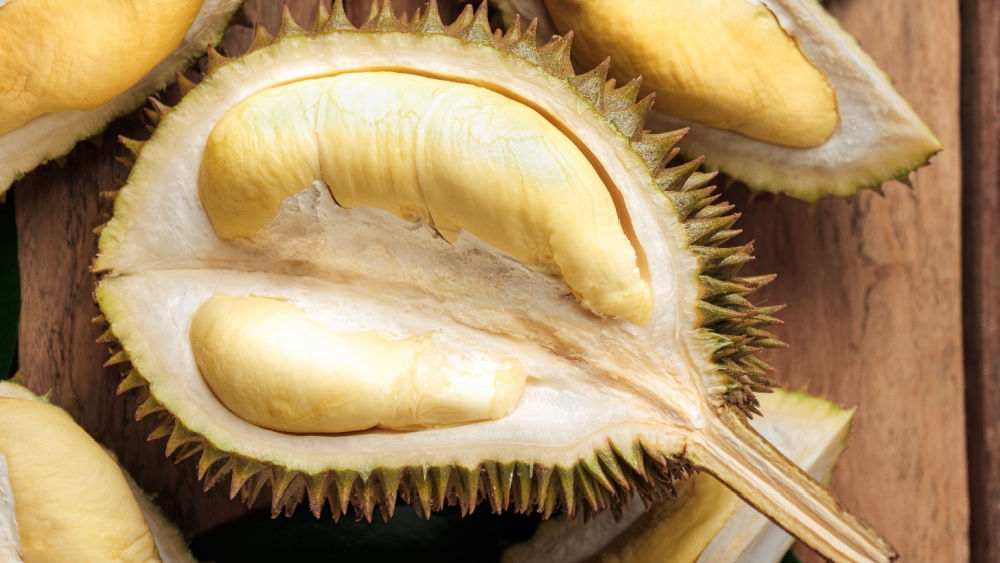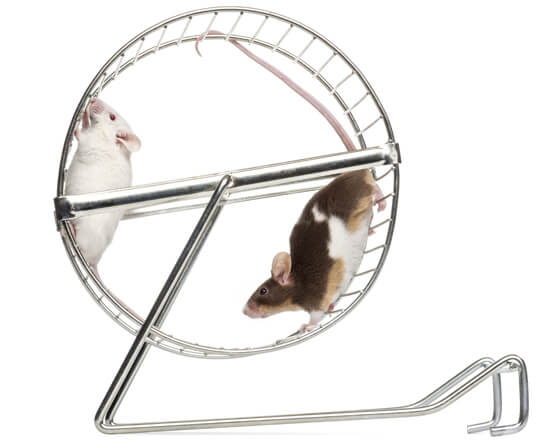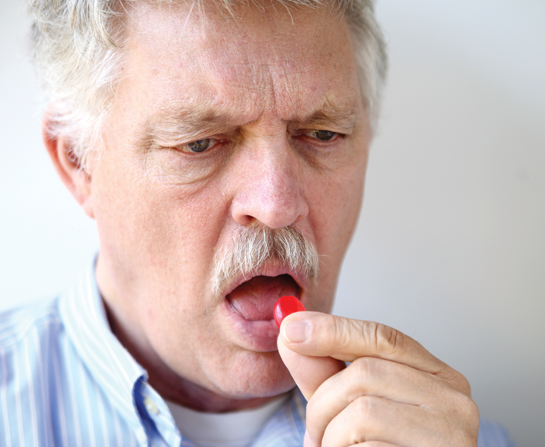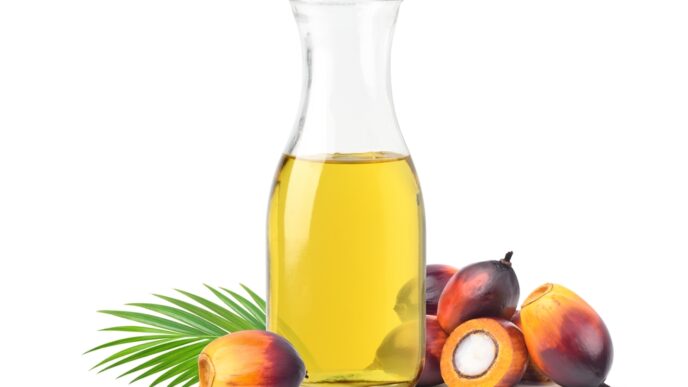Durian is famous for its strong aroma and distinctive flavor. While it’s beloved by some and avoided by others, this tropical fruit is surprisingly nutrient-dense. Packed with healthy fats, potassium, and B vitamins, durian can support energy and electrolyte balance. However, moderation is key: it’s high in calories and contains compounds that can interact with alcohol or increase body heat. Here’s what you need to know to enjoy durian safely.
WORDS LIM TECK CHOON
DURIAN ISN’T THAT BAD FOR THE BLOOD SUGAR
- Despite its sweet taste, durian has a low glycemic index, comparable to rolled oats.
- This means it doesn’t cause rapid spikes in blood sugar, making small portions safe for people with diabetes.
- Recommended serving: one to two medium seeds per meal.
- However, the high calorie content still warrants moderation.
THE HEATY EFFECT OF DURIAN
- Some people report feeling warmer after eating durian, a concept often described in Asian cultures as “heaty.”
- Scientific studies attribute this to sulphur-containing compounds that raise the body temperature slightly.
- While generally safe, those sensitive to heaty foods may want to monitor their intake.
DURIAN DOESN’T MIX WITH ALCOHOL WELL
- Combining durian with alcohol may increase exposure to acetaldehyde, a byproduct of alcohol metabolism.
- Sulphur compounds in durian inhibit the enzymes that normally break down acetaldehyde, potentially causing:
- Flushed face
- Nausea
- Rapid heartbeat
- Hence, it’s best to avoid alcohol consumption when eating durian, especially in large quantities.
HOW TO PICK THE BEST DURIAN
- Hold the fruit and shake gently. Ripe durians sound hollow inside.
- Run your fingernails lightly across the spikes. Vibrations can indicate ripeness.
- Check the stalk. Fresh durians have firm, green stalks; avoid brown, shrunken ones.
CONCLUSION
- Durian is more than just its notorious aroma—it’s a nutrient-rich fruit with healthy fats, vitamins, and potassium.
- Enjoy it responsibly, watch portion sizes, and avoid pairing it with alcohol.
- With these tips, durian can be a safe, delicious guilt-free pleasure.
| This article is part of our series on foods and how consuming these foods can affect various aspects of our health. |









